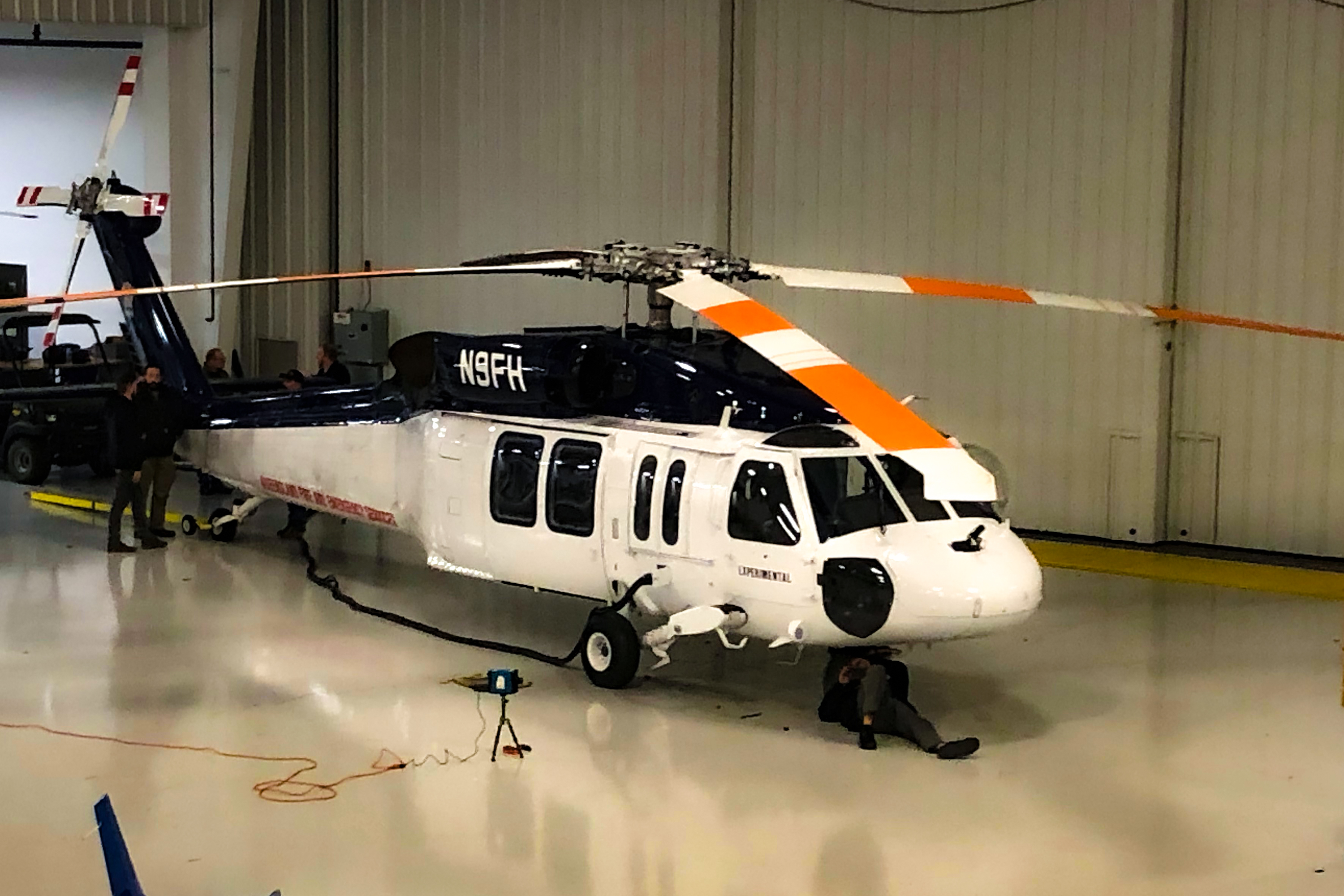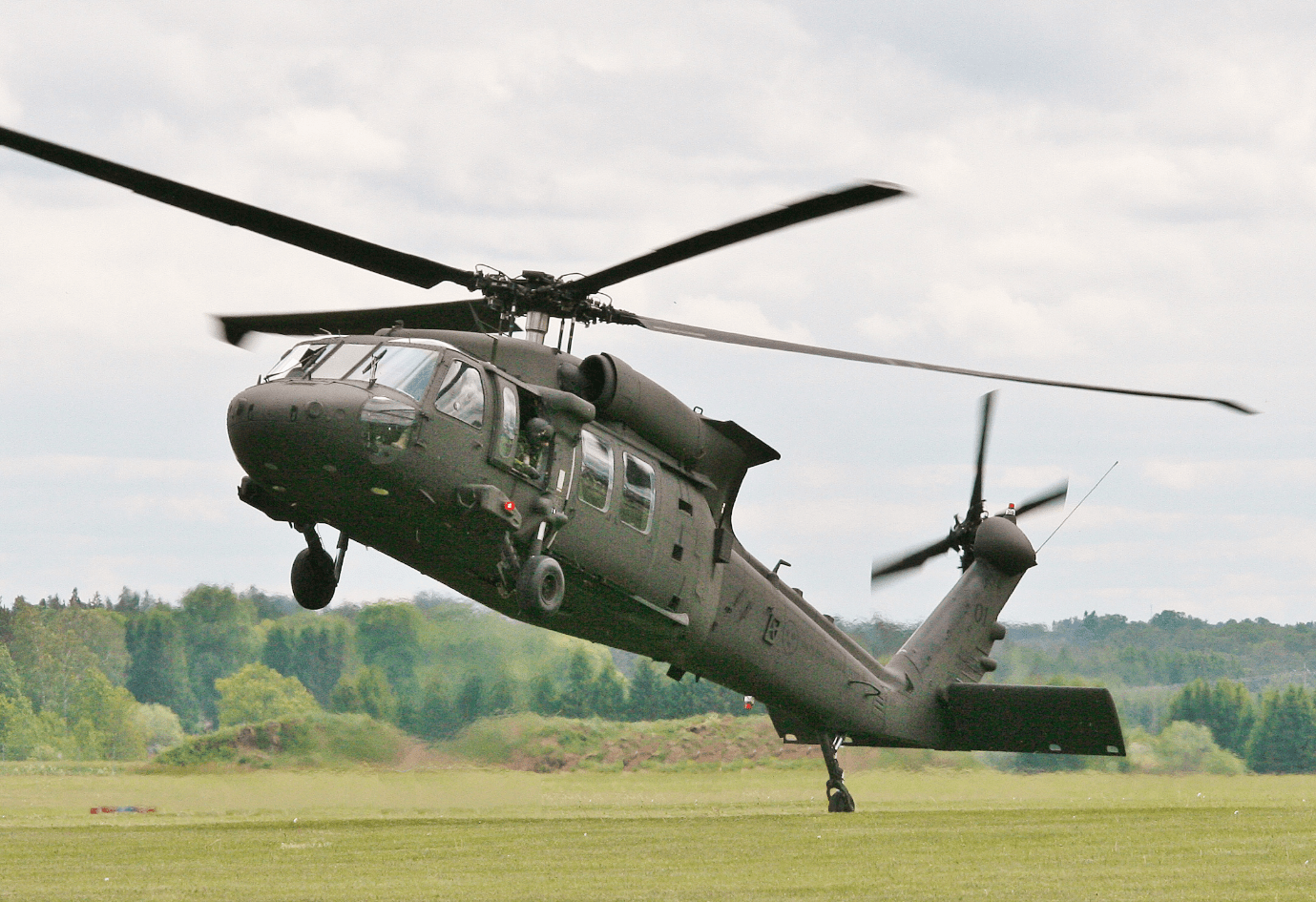Checking Out the Background and Advancement of the UH 60 Helicopter

Beginnings of the UH-60
The origins of the UH-60 helicopter can be mapped back to the late 1960s, a period noted by the demand for a flexible energy aircraft that can adapt to the advancing demands of contemporary warfare. The U.S. Army recognized the need for a substitute for the older UH-1 Iroquois, which was ending up being progressively poor for the intricacies of modern battle circumstances. In 1967, the Military started the Energy Tactical Transport Airplane System (UTTAS) program, which looked for to create a multi-role helicopter capable of numerous missions, including army transport, medical discharge, and logistical support.
The layout competitors drew in a number of aerospace suppliers, but it was Sikorsky Airplane Company that ultimately secured the contract in 1972. The UH-60 Black Hawk was introduced, showcasing cutting-edge design components and progressed modern technology that set it aside from its predecessors. Its maiden trip occurred in 1974, and the aircraft was formally adopted by the Army in 1979. The UH-60 quickly obtained recognition for its robust performance, integrity, and flexibility, leading the way for its substantial use in military procedures and solidifying its standing as a cornerstone of united state Army aeronautics.
Secret Style Attributes
Cutting-edge style attributes of the UH-60 Black Hawk substantially contribute to its operational effectiveness. Among one of the most noteworthy facets is its twin-engine configuration, which enhances reliability and supplies a higher power-to-weight ratio, making it possible for the helicopter to carry out under various conditions. The airplane's four-blade major blades system supplies improved lift and maneuverability, essential for tactical goals.

Additionally, the cabin is developed for optimal exposure and functional designs, including innovative avionics that streamline pilot operations. The modular design of the UH-60 permits simple maintenance and versatility, making it suitable for numerous goal accounts, from troop transportation to medevac procedures. These essential style functions ensure that the UH-60 Black Hawk continues to be a functional and trustworthy property in military aviation, capable of satisfying the demands of modern-day warfare.
Technical Advancements
Current technical improvements in the UH-60 Black Hawk have considerably enhanced its operational capacities and versatility. The integration of innovative avionics, such as digital trip control systems and boosted situational awareness displays, allows pilots to run with increased precision and effectiveness. These systems facilitate enhanced navigation, communication, and information sharing, allowing the helicopter to operate efficiently in diverse environments.
In addition, the introduction of composite materials has actually decreased the total weight of the aircraft while keeping structural honesty. This decrease boosts gas effectiveness and extends functional variety. The consolidation of advanced blades innovation, including using four-blade, totally articulated blades systems, has actually boosted lift efficiency and ability to move, enabling much better handling in various trip conditions.

Additionally, improvements in propulsion systems, such as the T700-GE-701D engines, have actually increased power outcome and integrity - uh 60. These engines add to remarkable efficiency in high-altitude and hot-weather conditions
Lastly, the assimilation of self-defense systems and enhanced sensor plans enhances the Black Hawk's survivability and goal performance. Jointly, these technological renovations guarantee that the UH-60 Black Hawk stays a vital possession in modern-day aeronautics, with the ability of adjusting to the advancing needs of altruistic and armed forces goals.
Role in Armed Force Procedures
As the foundation of U.S. Army aeronautics, the UH-60 helicopter plays an important function in different armed forces operations, acting as a functional system for combat assistance, transportation, and medevac missions - uh 60. Its layout integrates the capability to run in varied settings, making it important for army motion and logistical support in both unconventional and standard warfare

In medical evacuation scenarios, the UH-60 has actually proven very useful, significantly lowering the moment to transport wounded soldiers from the field of battle to clinical facilities. Its sophisticated avionics and evening vision abilities additionally make sure objective success under challenging problems. Generally, the UH-60 helicopter stays an important asset, continually adjusting to satisfy the evolving demands of military operations and improving the effectiveness of united state forces worldwide.
Future of the UH-60
Looking in advance, the future of the UH-60 helicopter includes significant innovations in innovation and why not find out more abilities designed to enhance its functional efficiency. As military procedures progress, the UH-60 is expected to include innovative innovations, consisting of enhanced avionics, improved tools systems, and progressed communication tools. These enhancements will certainly enable for higher situational awareness and goal adaptability, making sure that the UH-60 remains a crucial asset on the field of battle.
One notable growth is the integration of fly-by-wire systems, which will certainly boost flight control precision and click for source minimize pilot work. Initiatives to upgrade the airframe and engines intend to raise rate, payload, and range capability, therefore increasing the helicopter's functional extent.
The future also holds promise for increased interoperability with unmanned aerial systems (UAS), enabling coordinated missions that utilize both manned and unmanned capacities. In addition, the unification of expert system and artificial intelligence can enhance trip dynamics and upkeep procedures, bring about reduced functional prices.
Verdict
The UH-60 Black Hawk helicopter represents a considerable accomplishment in military aviation, evolving from the united state Military's initial requirements for a versatile energy airplane. Its ingenious design features and continuous technical advancements have actually guaranteed its importance in numerous army procedures over the years. As the needs of modern warfare modification, the future of the UH-60 will likely include additional enhancements and adaptations, reinforcing its status as an essential asset for armed forces worldwide.
The UH-60 Black Hawk helicopter stands for a substantial turning point in military aviation, arising from the United state Military's pursuit Web Site for an extra functional and trustworthy utility aircraft in the late 20th century.The beginnings of the UH-60 helicopter can be mapped back to the late 1960s, a duration noted by the demand for a versatile energy airplane that can adapt to the developing needs of modern-day war. On the whole, the UH-60 helicopter remains an essential possession, continuously adapting to satisfy the developing needs of army operations and enhancing the effectiveness of U.S. pressures worldwide.
Looking ahead, the future of the UH-60 helicopter entails significant improvements in innovation and capabilities designed to enhance its functional effectiveness.The UH-60 Black Hawk helicopter represents a substantial achievement in armed forces aeronautics, evolving from the U.S. Army's first needs for a versatile utility airplane.